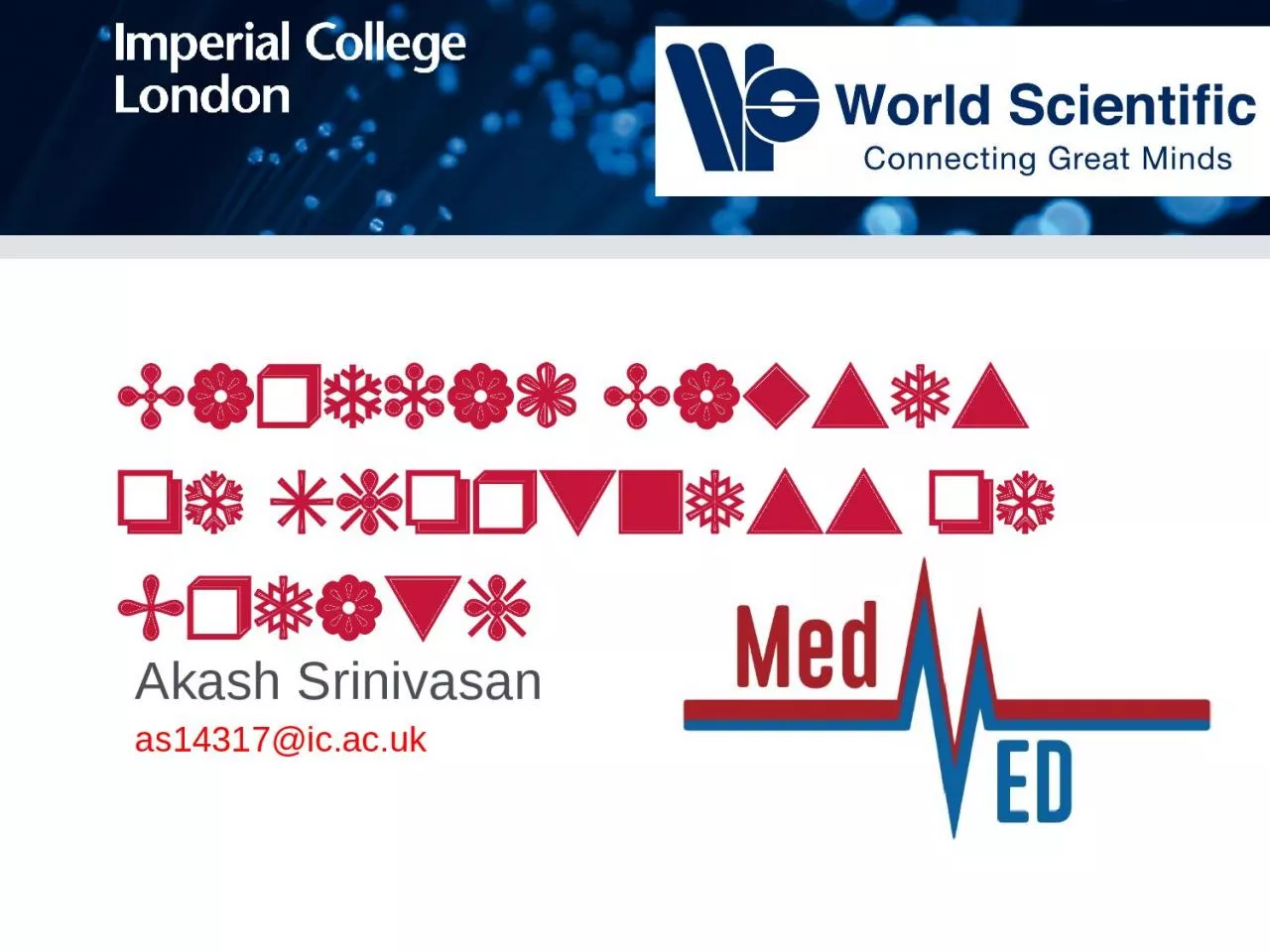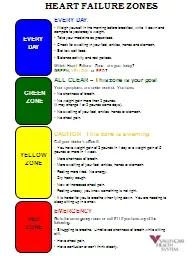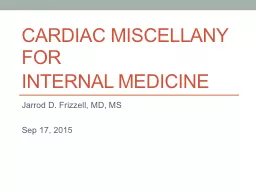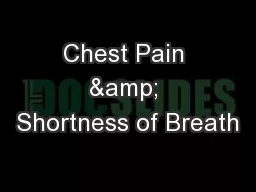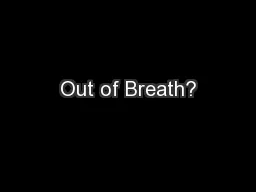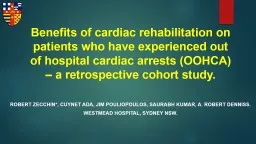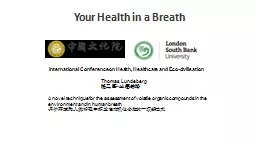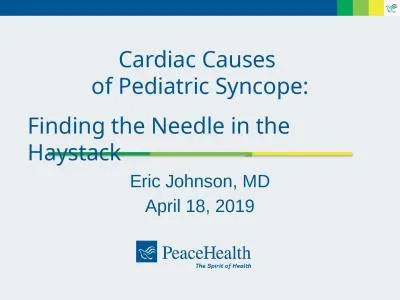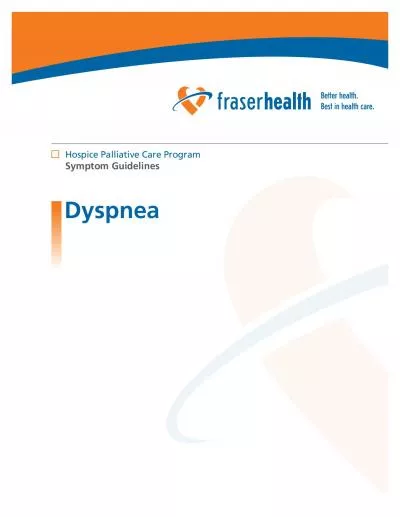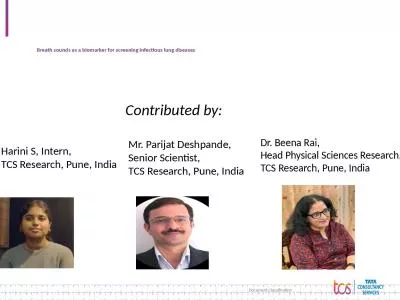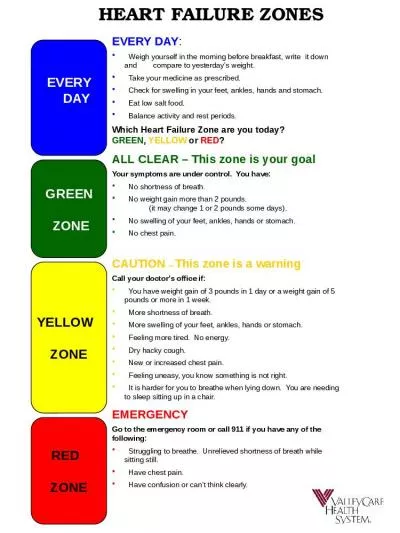PPT-Cardiac Causes of Shortness of Breath
Author : CitySlicker | Published Date : 2022-08-02
Akash Srinivasan as14317icacuk Shortness of Breath Heart Failure Cardiomyopathy Constrictive pericarditis Myocarditis Shortness of Breath Poor removal of CO2
Presentation Embed Code
Download Presentation
Download Presentation The PPT/PDF document "Cardiac Causes of Shortness of Breath" is the property of its rightful owner. Permission is granted to download and print the materials on this website for personal, non-commercial use only, and to display it on your personal computer provided you do not modify the materials and that you retain all copyright notices contained in the materials. By downloading content from our website, you accept the terms of this agreement.
Cardiac Causes of Shortness of Breath: Transcript
Download Rules Of Document
"Cardiac Causes of Shortness of Breath"The content belongs to its owner. You may download and print it for personal use, without modification, and keep all copyright notices. By downloading, you agree to these terms.
Related Documents

